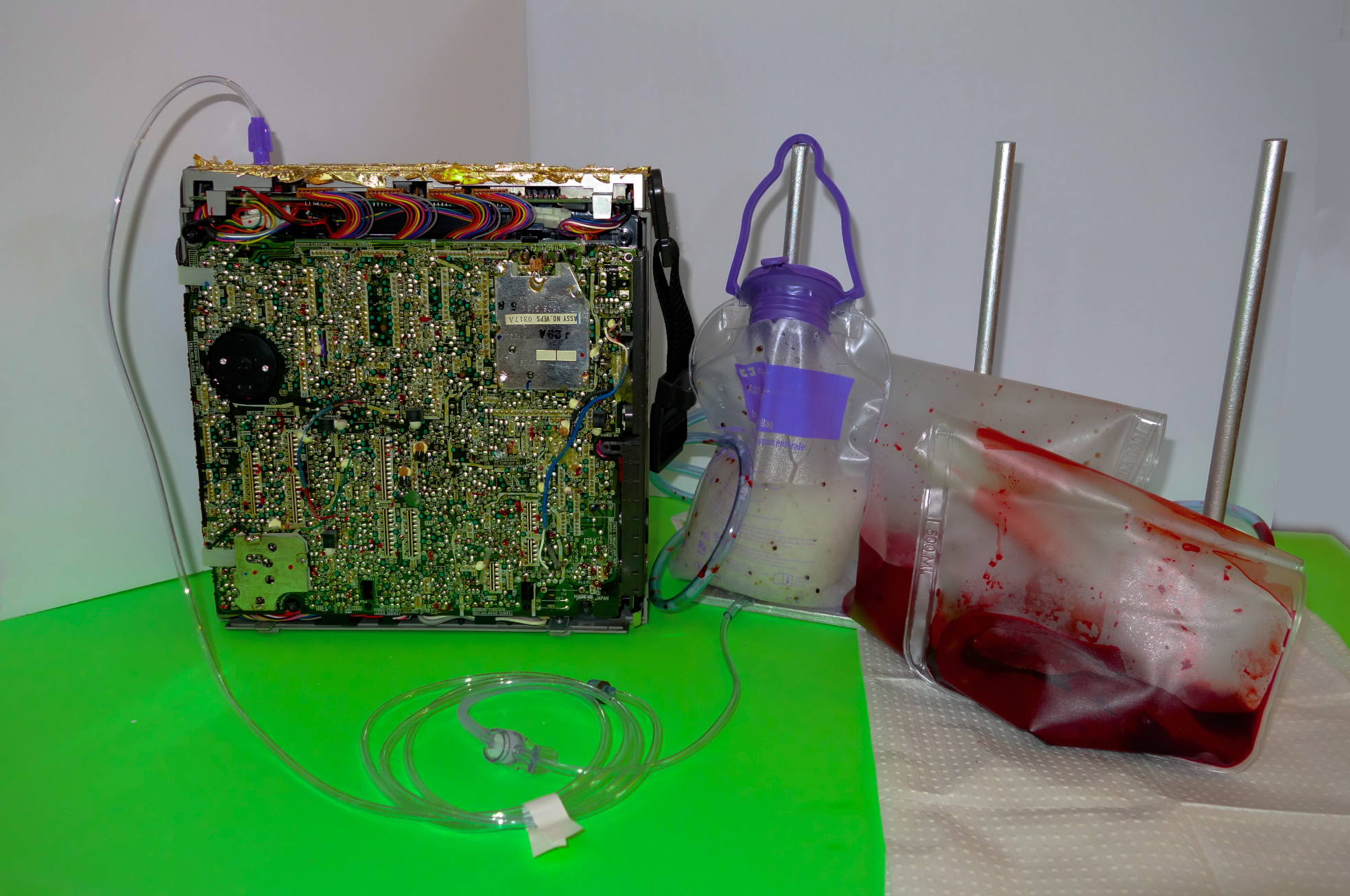How to Eat and Code in Chinese is a set of Sinofuturist food recipes that reimagine a non-Western locus of technology. The recipes draw on research about technology use in rural China as well as the technical dimensions behind computer vision blockchain and AI. AI, machine learning, blockchain serve as technologies and buzzwords that embed deeply western logics into the core of their code. These recipes reconsider such logics through food and speculative fiction, anchored in research.
Recipes published in: http://realtimechina.net/
Recipes include:
+ A porridge for an AI. The development of AI has centered around Western, rational models of the brain and body, where brains are capable for all conscious thinking: Descartes's "I think therefore I am" isolated to one organ. Neural networks are one manifestation of brain centered AI, but increasingly computational neuroscientists and engineers everywhere are finding limitations to this neural network model, as massive amounts of training data are still required and full sentience seems distant. In Chinese medicine, the brain is not a central organ to life or consciousness -- instead 11 other vital organs holistically give life and intelligence to humans. The porridge for an AI imagines that Chinese engineers and computational neuroscientists set out to build an AI that does not center around the brain for intelligence, but instead a system of 11 vital organs, a hybrid of computers and donated human organs. In order to feed, nourish and sustain this chimerical system, engineers tap into Chinese medicine to create a porridge that nourishes and tonifies circulation throughout this system.
+A future delicacy: red roasted pig tails. While computer vision is marketed as the futuristic solution filled with sentient machines that can draw, paint and sing, in China, computer vision is already underway at scale for a particular task: creating China's pork miracle. As the world's biggest pork producer and consumer, China's demand for pork will only increase as the middle class grows. As a result, computer vision is being used to meet demand already in large industrial pork farms across rural China. Yet in order to have effective computer vision, the data inputted into the system must be standardized: and this includes the objects themselves. Pigs are now being engineered without tails, to achieve precise weights and sizes so that they can be similar and recognized by the computer vision system. Pigs are essentially like laptops or cars, manufactured through genetic engineering to be similar sizes and shapes along the assembly line. This recipe posits a future where small farms raising non-GMO pork are fewer and fewer, where pig tails are a delicacy.
+Blockchain noodles. While blockchain is being enthusiastically deployed across rural China as a way to catalyze local economies and "innovation", in reality these initiatives are all steeped in neoliberal logics that exacerbate inequality. Such rural blockchain initiatives focus on food safety, an enormous social issue that threatens political stability. Yet such blockchain food projects are geared towards the 1%, the well heeled urban elite who can afford blockchain enabled foods. Blockchain noodles are both earnest speculation and parody: putting noodles on the blockchain, a meal for the 99%, not the 1%.



